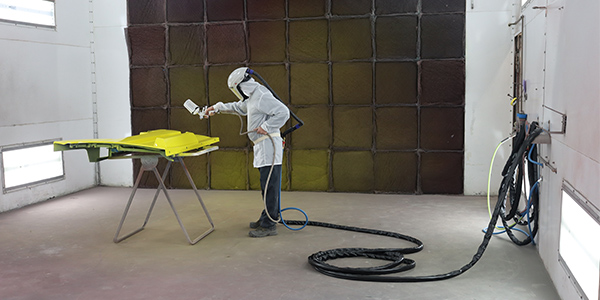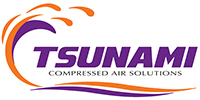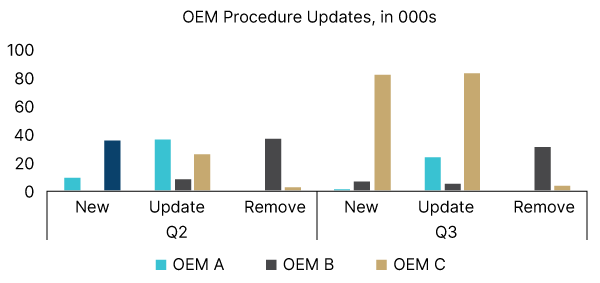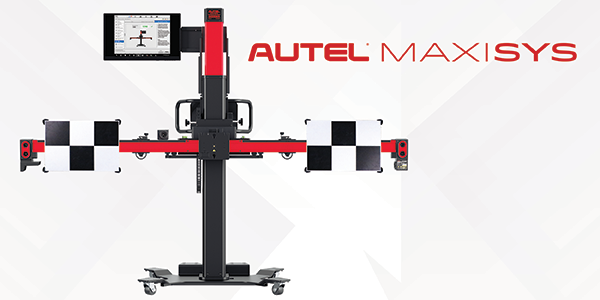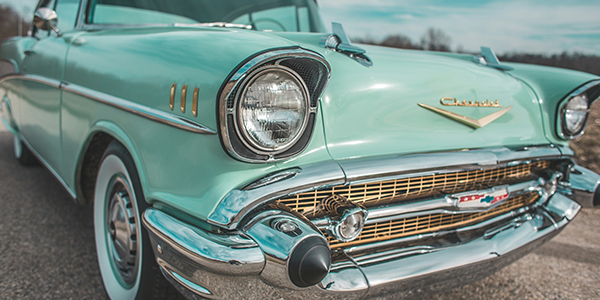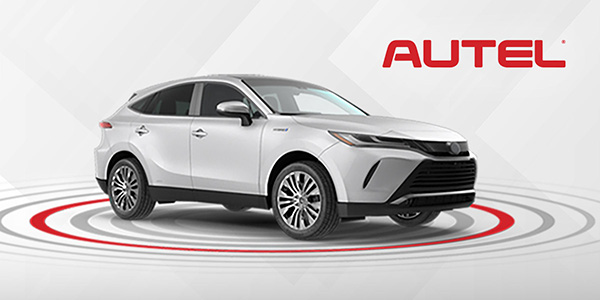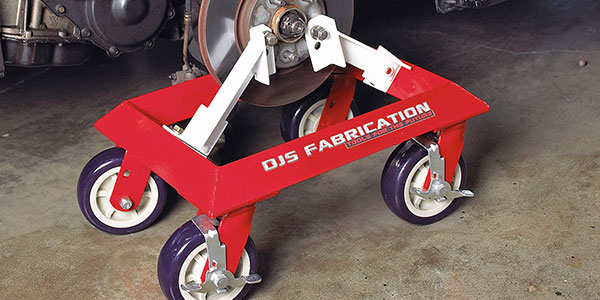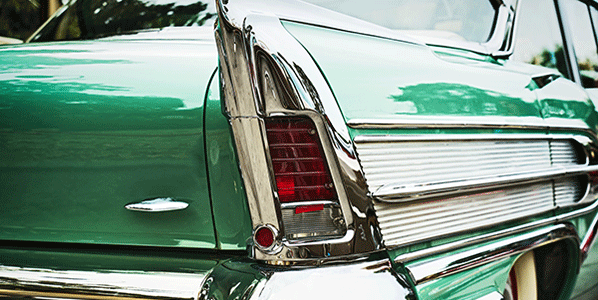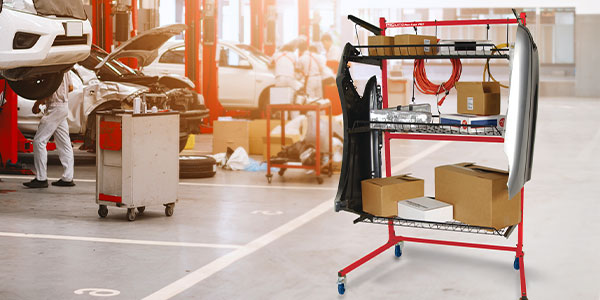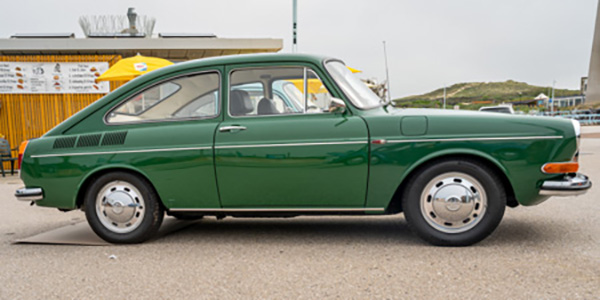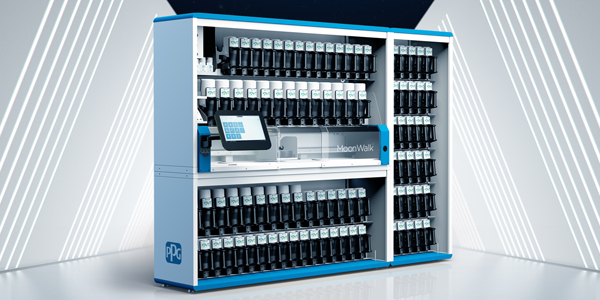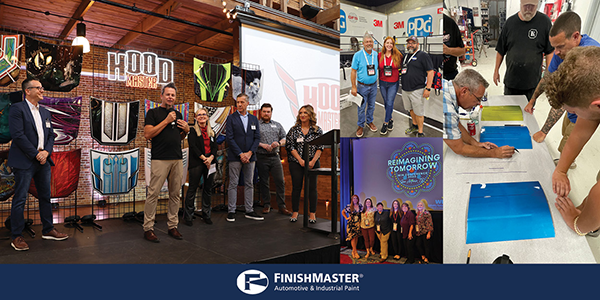The effects humidity, oil, and contaminants in your compressed air system have on the quality of your paint job is often overlooked. Over half of all paint finish issues can be attributed to the quality of your compressed air. How can you tell? Low gloss, hazing, cratering, dye back, and fish eye; these are very common defects which are directly related to the compressed air. Some can be seen right away while others may not present themselves until after the bake cycle, or, up to several days later.
All the unseen contaminants in the air surrounding your compressor are drawn in and concentrated through the compression process. Now add a little bit of oil from the compressor lubrication and your air system is ready to set your quality finishes up for failure. All the water vapor, oils, and dirt particles impact the performance of your paint system and the professional finishes you are expecting. Taking the necessary steps to provide very clean, very dry compressed air helps eliminate many of these risk factors responsible for poor paint jobs.
Regardless of which paint system is used, solvent or waterborne, humidity and contamination greatly affect flash time and finish performance. Longer flash times can hinder the quality work you expect and delay production. High humidity and long flash time can affect the appearance of pearls and metallic, panel blends, etc. Clean, dry air is critical to your performance!
Although the many sources of air related problems are known, how to properly solve them is not.
Using quality compressed air dryers and filters are the “best practice” solution for battling humidity, oil, and dirt particles; many just are not sure on what the best practices are and where they should be using them.
- Providing high quality point-of-use filters is necessary in order to assure you have the cleanest, oil-free, and dirt-free air being used in the booth. This clean air eliminates “fish eye” and cratering. You want your filters to be manufactured from durable materials; make sure they are treated and protected from corrosion; corroding filter heads and housing have been the cause of many fish eye concerns.
- Using an air dryer upstream of your spray booth to reduce or eliminate humidity assures you have the driest air for your professional finishes. Very dry compressed air eliminates the issue of low gloss or hazing.
How do you choose the best technology for this humidity eliminating solution? Do you use a refrigerated air dryer or a regenerative desiccant air dryer? In paint applications typically requiring less than 10% humidity, with the optimal humidity target below 5%, a regenerative desiccant air dryer is specifically designed to accomplish ultra-low humidity readings consistently. Unlike the commonly used desiccant pots which require constant desiccant maintenance and refrigerated air dryers that require constant monitoring, these two technologies are greatly affected by the atmospheric conditions of the changing seasons. Hot and humid summers greatly impact the performance of these two technologies; since warmer air holds more water, desiccant pots and refrigerated dryers need extra monitoring and maintenance to assure they are operating optimally. Regenerative drying technology, however, is not so adversely affected by atmospheric changes when properly sized and thus effectively and consistently eliminates the humidity with little to no maintenance, year-round!
When you provide properly cleaned and dried air to your paint booth, you are eliminating a significant area of concern for quality and performance of your coatings. Making the initial investment of a regenerative dryer will prevent many finishing issues and ensure perfect finishes that the industry, and consumers, have come to expect.
This article was sponsored by Tsunami Compressed Air Solutions. For more information, please visit https://www.tsunami.us.com.

